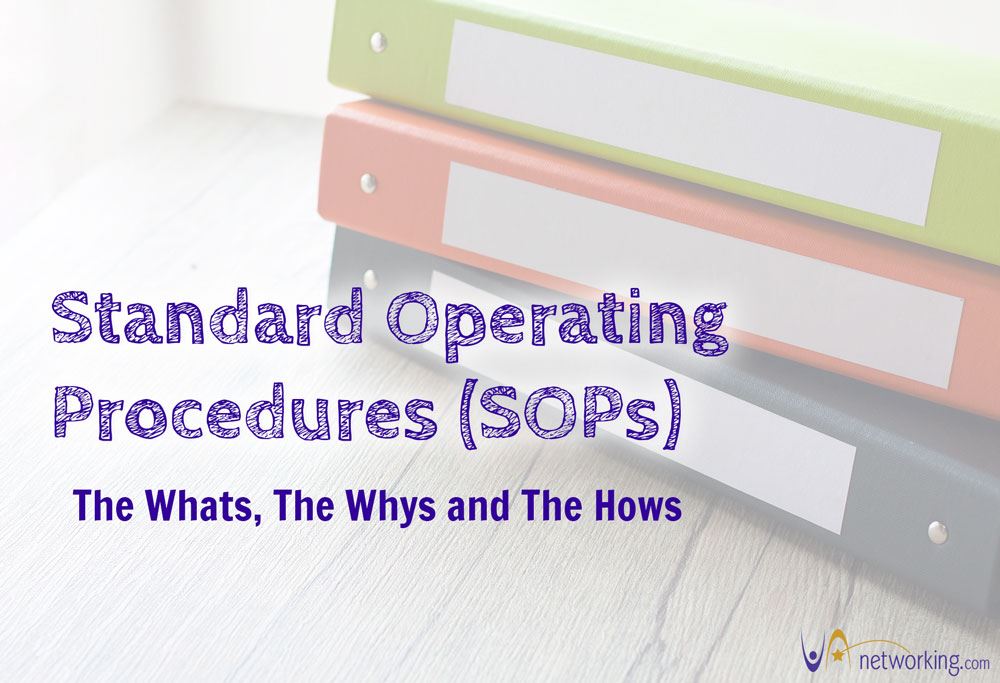Contributed by Melissa St. Clair from Paper Chaser
Standard Operating Procedures
Standard Operating Procedure (SOP) sounds like a mundane topic but whether you are a solopreneur or storefront business owner, developing and maintaining Standard Operating Procedures is critical for business operations.
While SOPs aren’t sexy, they have a tremendous impact on business operations and streamlining business systems and processes.
The Merriam-Webster definition (noun): established or prescribed methods to be followed routinely for the performance of designated operations or in designated situations —called also standing operating procedure
The small business owner knows they have intimate knowledge of the inner workings, current functions, and future forecasts. Why keep all that knowledge stored in an already overloaded brain? That is a lot of pressure on oneself with all the other thoughts running through your brain about business and household matters.
If the words “develop Standard.Operating.Procedures” seem too daunting, reframe the action to perhaps, “formalizing your to-do list.”
Drafting SOPs can start as early as during the business planning stage or as soon as possible (ASAP) upon business launch.

Why Create SOPs
- Avoid missteps in daily operations
- Formalize systems
- Detailed instructions for others to follow
- Planning: expanding your company
- Planning: selling your company
- In case of emergency (ICE)
- So YOU don’t have to remember everything!
How to Create SOPs
Create an Index
Keep it simple. Use letters and/or numbers and organize by categories.
It doesn’t have to be modeled after the Dewey Decimal System.
(The Dewey Decimal Classification (DDC), or Dewey Decimal System, is a proprietary library classification system first published in the United States by Melvil Dewey in 1876).
An Excel spreadsheet can be used to separate columns of Identification Number (ID); Title and Notes to make it easily searchable.
Choose format
This document is where all the step-by-step details will be described and listed chronologically. Include screen shots, software used, handlers, URLs, etc. Select an informal or formal layout. Do an Internet search for standard operating procedure templates. Keep the layout consistent. Checklists can be included with in the main SOP and/or as a dash-one.
Test it
Utilize a person(s) in your network to conduct a review or dry run of the SOP.
File it
Select a location(s) (computer, cloud, external hard drive, etc.) to store SOPs with easy access along with an automatic backup of your computer files.
Review it
Institute a best practice of reviewing your SOPs minimally annually, perhaps in tandem with your business plan review. Update SOPs as programs, systems or team members change. Include relevant team members or vendors in the review process.
Use it
Whether the procedure is automated, executed onsite, or delegated, set a date to implement it and use it.







